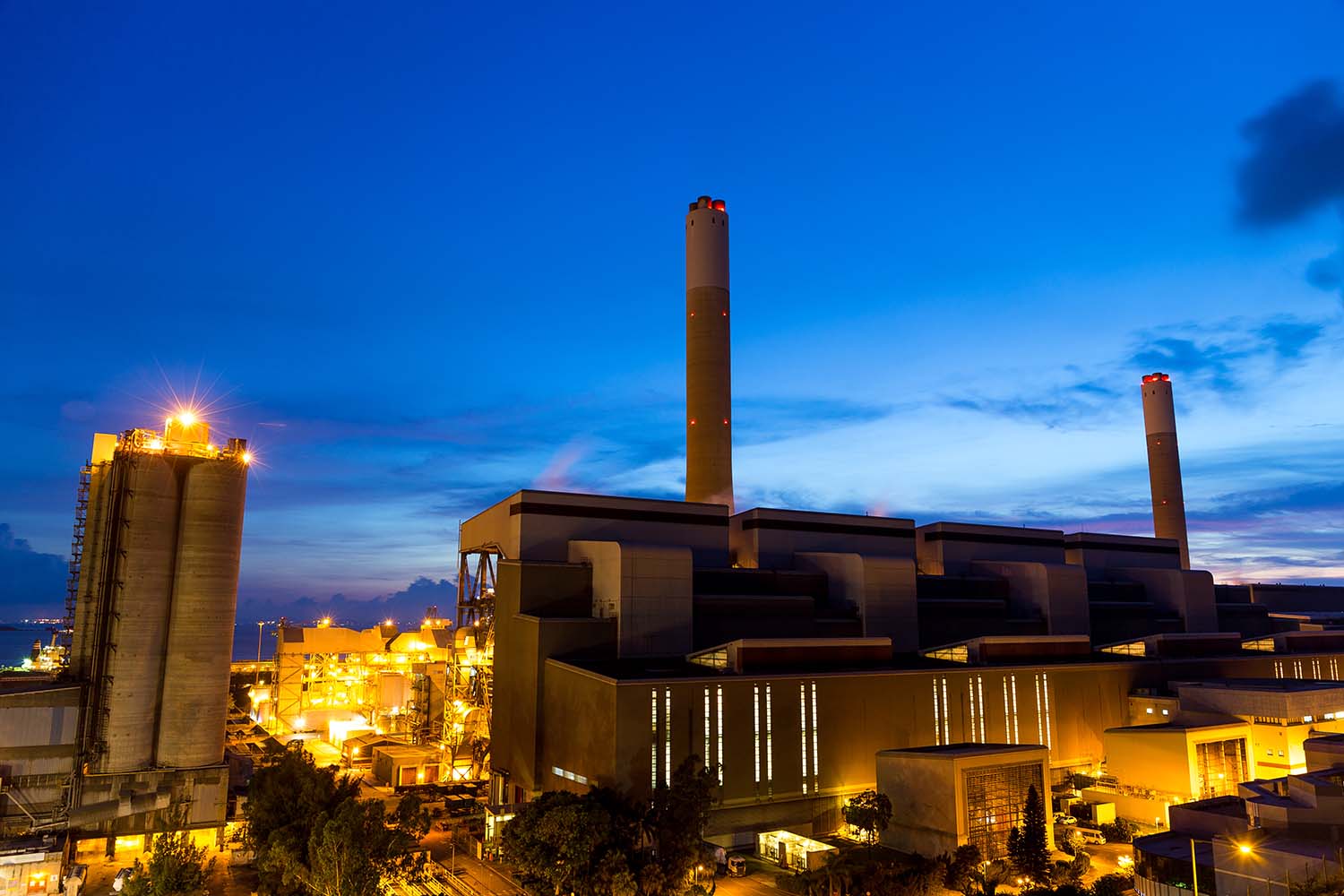The Cooling Tower Fill Explained

Cooling towers aren’t all crafted the same or even from the same materials. For example, natural draft towers use convection for air circulation. Mechanical draft towers instead use fans to encourage or increase air circulation. Even within a mechanical draft unit, construction can vary depending on the airflow direction (crossflow vs. counterflow). However, one component all cooling towers share is a fill, or fill media. The fill is essentially what allows cooling and evaporation to happen as it provides a surface on which water and airflow to meet. Understanding clearly what fills are, the types of fills most often used, and their role of them in the cooling process is important for all tower owners and operators.
The Role of a Fill in the Cooling Process
The term “fill” refers to the medium used to create a greater surface area for water passing through the tower to be cooled. Fills are also sometimes called wet decks or fill mediums. More surface area means contact between airflow and water is maximized, leading to quicker evaporation and ultimately, cooling rates. Essentially, a fill keeps water in contact with a surface for longer and increases the heat exchange area – this allows the process to happen much faster.
Fills (or Fill Medias) can be crafted from a variety of materials, plastic being one of the most common. While there are also several types of fills, most applications make use of two, splash fill and film fill.
The Two Main Types of Cooling Tower Fills
A splash fill, as its name suggests, causes water to splash by cutting across, or interrupting water flow. This type of fill uses layers of horizontal bars that when water hits them, break it up into smaller droplets. More (and smaller) droplets mean quicker evaporation. PVC is often the material of choice for splash fills, as it is more consistent (and efficient) than traditional wood splash fills. It is also considered a very “wettable” material, meaning it is easy for liquids to spread across it. PVC is also very durable and has a long lifespan as well as being easy for water to cover it completely.
For applications in areas with chronically poor water quality, splash fills are often preferred. Because this type doesn’t have spaces for dirt or debris from the incoming water to collect, efficiency remains intact.
The other main type of fill is a film fill, in which very thin, textured sheets of PVC are placed close together so that water spreads across them (forming a type of film). Textures used on the PVC are called channels or flutes. Flutes can run horizontally, vertically, in a cross-corrugated fashion, or any other number of directions and patterns. The channels essentially send incoming water on a long journey of twists and turns rather than allowing it to fall in a single line. Because the water is allowed to travel in so many directions, the resulting film is very thin, and water evaporates quickly.
It might seem like film fills would always be the best option, because of their very fast evaporation rate. However, in applications where incoming water is very concentrated with dirt or debris, these fills are not ideal. That debris can clog the flutes easily if not sized correctly. One solution to this issue if a film fill is preferred is to widen the flute/channel size to make it more difficult for debris to collect and clog the fill. However, if water quality is a very serious issue, then an alternative fill might work better, such as a bar fill – which helps very dirty water to be processed, albeit in a way that is less efficient than in instances of cleaner water.
Choosing a New Cooling Tower and Fill Type
Cooling towers are essential components of most manufacturing industries and large commercial HVAC systems. Selecting a new or replacement cooling tower involves a lot of key decisions, including the size, type of airflow, and the type of fill. These decisions can’t be made correctly without extensive industry knowledge and experience as well as a deep understanding of the specific tower’s intended use and any nuances that come with that (including water quality).
Unless you have a team of experts on hand with the knowledge and training to properly select, install, and maintain a cooling tower, we suggest partnering with a team that does. At Cooling Tower Experts, our leaders bring decades of experience as industry experts and contributors. Our team is highly trained and qualified, each bringing extensive knowledge of the technical side of towers and everything that goes into getting (and keeping) them running efficiently for years.
We provide consulting services for those owners/operators needing that added expertise and tower experience. With this service, you get experts to help you avoid many of those common pitfalls and mistakes that owners make when installing, maintaining, or repairing towers. Additionally, expert consulting often leads to a much quicker decision-making process as well as an overall shorter project timeline. Good managers know the value of a shortened timeline – less labor cost and less downtime, meaning more money saved.
If you need help with choosing your next cooling tower, caring for existing structures, or training your operators on the best preventive maintenance efforts to include in their efforts, we would love to help. Contact our team today to start your next cooling tower project.